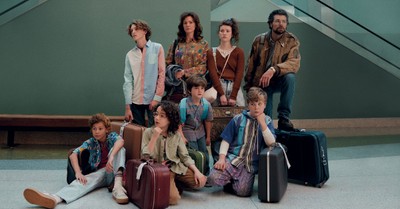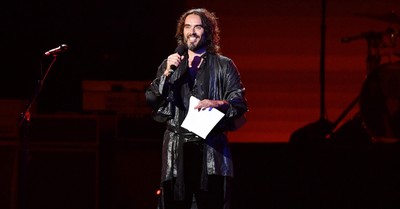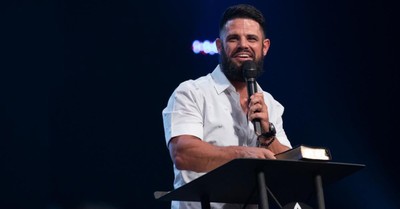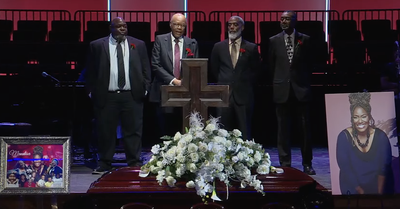
In less than a decade, the number of American companies with either an official department, an HR initiative, or a job title that includes the words “diversity, equity, and inclusion” has ballooned. In fact, by the end of 2020, U.S. companies were spending an estimated $3.4 billion on so-called “DEI” initiatives.
Proponents say DEI initiatives are necessary to fight workplace discrimination. Despite how quickly the trend has grown in recent years, however, it’s not working. In 2019, after spending $114 million on an initiative aimed at increasing and promoting diversity, Google’s workforce was still only 3% African American. Last summer, The Economist published findings that suggested DEI programs “do more to protect against litigation than to reduce discrimination.”
Partly behind the failure of DEI initiatives to accomplish their stated goals is how the terms are defined. Diversity is never measured in terms of belief, political party, or religion but, particularly in corporate settings, is reduced down to only categories of race, gender, and sexuality. This is why Time magazine evaluated the success of Google’s diversity program based only in terms of the ethnic breakdown of their employees. Of course, diversity is not less than ethnicity, but it should certainly include more.
At least part of the history behind defining down these terms emerges from academic circles and the growing influence of critical theory. This quasi-Marxist way of seeing all human history and every human interaction as a power struggle places every human being into two categories: oppressor or oppressed. Moral status is then awarded depending on how many “oppressed” categories with which one identifies. What’s left is an approach to life and human interaction that does not elevate what is good, but a purely negative ideology driven by an arbitrary rejection of what’s subjectively felt to be bad.
For decades, critical theory has stepped out of the academy into other spheres of culture, including media, government, and increasingly the marketplace. Though very few people have actually studied the academic source material, our wider culture is now in what might be called a “critical theory mood.” Companies spend billions of dollars implementing “diversity, equity, and inclusion” programs, because they’re under tremendous pressure by cultural gatekeepers to conform and, in effect, define “diversity” of employees by a small, select group of external traits.
“Diversity” that doesn’t include ideological diversity, for example, isn’t really diversity. Hiring a racially or sexually diverse workforce that is otherwise trapped in groupthink when it comes to religion and worldview does not make a better workforce. The belief that group identity should determine who deserves a job, a raise, or a contract is based on a flawed view of who human beings are. While our gender or ethnic backgrounds can have an enormous impact on our lives, they do not ground our value or determine our understanding of life and the world. Nor do they determine what kind of employee we might be.
In 2020, the Virginia General Assembly created the Governor’s Office of “Diversity, Equity, and Inclusion.” A few weeks ago, Virginia’s current chief diversity officer, Martin Brown, sparked controversy when he was caught on video saying “DEI is dead.” Brown’s job is mandated by the Virginia legislature, but instead of going along with the way these words are currently understood, Brown is committed to what he called “a different kind of civil discourse.” The name of his department has now been changed to the Virginia Office of Diversity, Opportunity, and Inclusion.
Many business leaders, struggling to tread water amidst the DEI tidal wave, know discrimination is wrong. They also realize that many “DEI” programs in practice actually promote discrimination based on a faulty understanding of these terms. Virginia’s chief diversity officer is offering a different, better way. Promoting equal opportunity, instead of making promises of equal outcomes that cannot possibly be fulfilled, treats every human being with the respect and dignity of equal consideration and high expectations.
Most other expressions of “DEI” are solutions in search of a problem that, in the end, will only result in more problems.
This Breakpoint was co-authored by Maria Baer. For more resources to live like a Christian in this cultural moment, go to breakpoint.org.
Publication date: June 9, 2023
Photo courtesy: ©Getty Images/Prostock-Studio
The views expressed in this commentary do not necessarily reflect those of CrosswalkHeadlines.
BreakPoint is a program of the Colson Center for Christian Worldview. BreakPoint commentaries offer incisive content people can't find anywhere else; content that cuts through the fog of relativism and the news cycle with truth and compassion. Founded by Chuck Colson (1931 – 2012) in 1991 as a daily radio broadcast, BreakPoint provides a Christian perspective on today's news and trends. Today, you can get it in written and a variety of audio formats: on the web, the radio, or your favorite podcast app on the go.
John Stonestreet is President of the Colson Center for Christian Worldview, and radio host of BreakPoint, a daily national radio program providing thought-provoking commentaries on current events and life issues from a biblical worldview. John holds degrees from Trinity Evangelical Divinity School (IL) and Bryan College (TN), and is the co-author of Making Sense of Your World: A Biblical Worldview.











